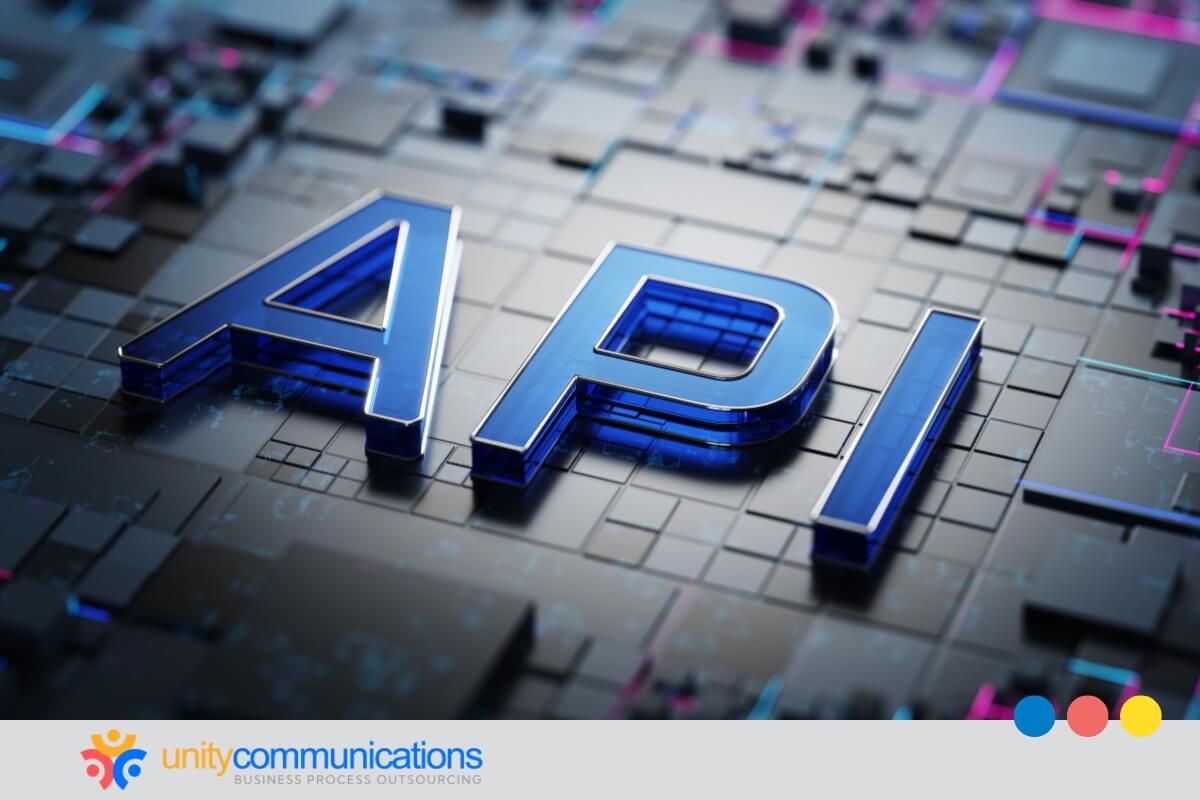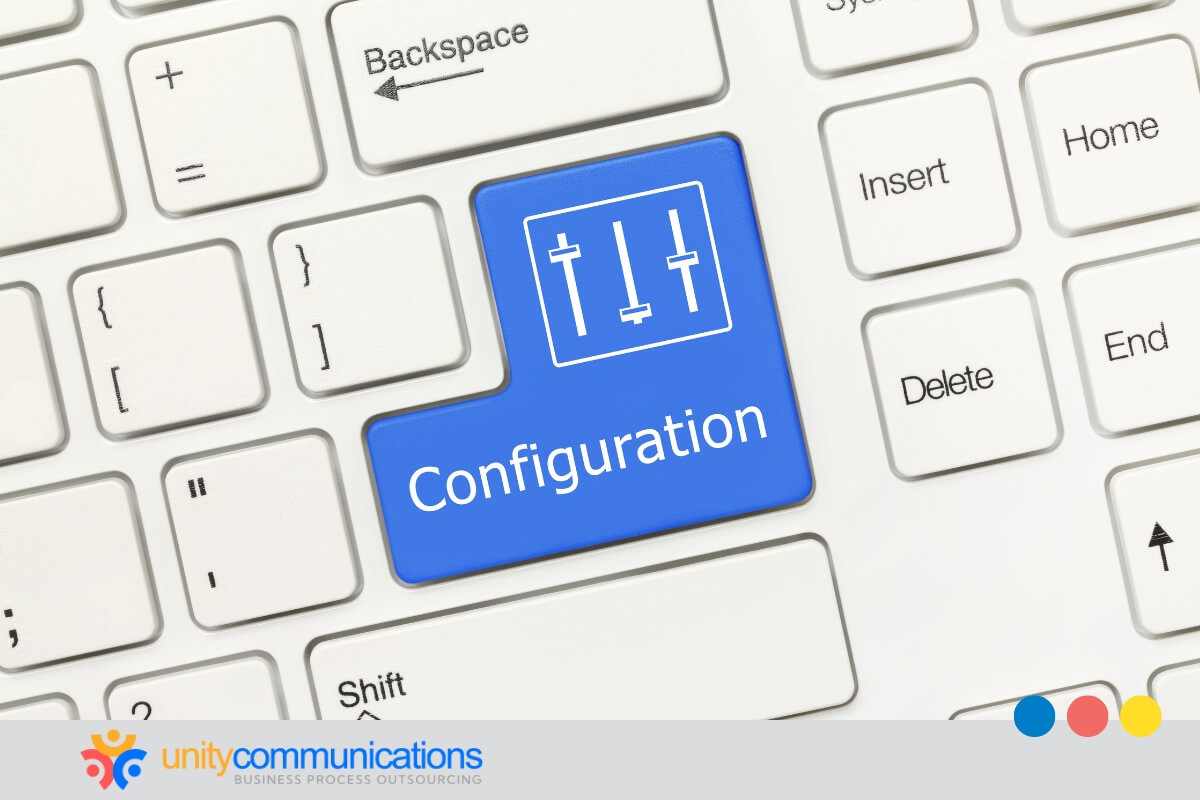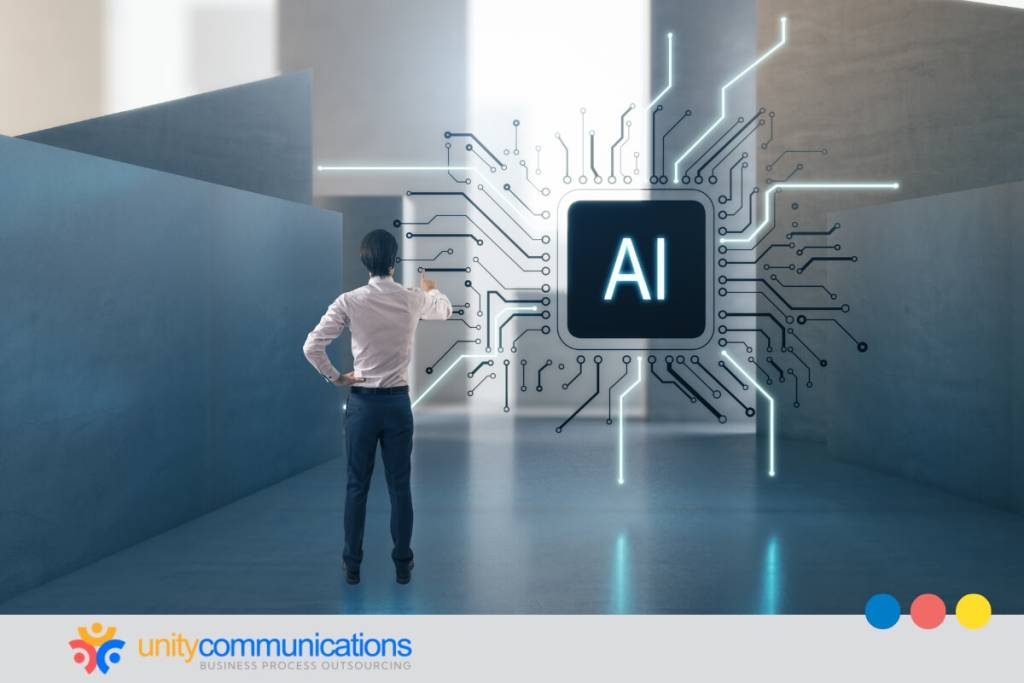Table of Contents
Artificial intelligence (AI) is no longer just a tool but an entire business ecosystem that drives how businesses think, decide, and act. Within this AI agent ecosystem, individual agents interact with data, tools, and one another to create smarter, more autonomous workflows.
Every layer shapes performance, from memory and context management to orchestration platforms and governance frameworks. Understanding how these systems operate is essential for enterprises looking to scale AI responsibly and strategically.
AI agents in outsourcing

AI is transforming workflows and revolutionizing business process outsourcing (BPO) by automating tasks. To fully understand how outsourcing works today, it is essential to examine the role of AI agents, which can manage repetitive processes at scale while reducing costs and improving efficiency.
What is an AI agent? These agents are faster, more consistent, and available 24/7, making them an attractive option for companies looking to optimize efficiency. By integrating AI into outsourcing strategies, businesses can shift human talent toward higher-value work while leaving routine tasks to automation.
The global AI market was valued at $244 billion in 2025 and is projected to exceed $800 billion by 2030. This rapid growth underscores the technology’s impact on future business operations.
The exceptional characteristics of an AI agent allow it to efficiently handle various business operations. Here are some of them:
- Customer support chatbots handling inquiries and frequently asked questions (FAQs)
- Data entry and document processing
- Invoice management and financial reconciliation
- Recruitment screening and candidate shortlisting
- IT helpdesk support and system monitoring
- Marketing automation, such as email campaigns and lead scoring
With these capabilities, AI agents elevate outsourcing from simple cost-cutting to a strategy that drives agility, scalability, and innovation.
By automating repetitive tasks and enabling human workers to focus on strategic roles, AI agents are redefining the value of outsourcing. They turn BPO into a driver of agility and innovation, not just cost savings.
Foundational models and cognitive engines of an AI agent ecosystem
Within an AI agent architecture lies its cognitive engine, which enables it to think, reason, and generate intelligent responses. These foundational models form the AI’s “brain,” transforming data into insights and guiding decision-making.
Large-language models (LLMs) and generation engines enable agents to comprehend context, generate human-like outputs, and adapt to changing situations. These models are the backbone of smarter, more autonomous business operations.
Key foundational models include:
- LLMs process and understand natural language, enabling communication and context-aware reasoning.
- Generation engines produce outputs such as text, code, or reports based on input data and defined objectives.
- Perception models interpret raw data from sensors, documents, or other inputs to feed the reasoning layer.
- Reasoning models apply logic, planning, and decision-making frameworks to guide agent actions.
- Adaptive learning models continuously refine knowledge and improve performance based on feedback and new information.
These foundational models form the core of the AI-powered agent ecosystem, allowing agents to reason, adapt, and deliver more human-like decision-making. Without them, enterprise AI systems cannot scale effectively.
Orchestration platforms and runtime environments
Orchestration and runtime environments define how to deploy, manage, and execute AI agents within complex systems. These layers ensure that agents operate efficiently, coordinate with each other, and respond to real-time inputs across workflows.
Proper orchestration allows multiple agents to work harmoniously for businesses, scaling operations without creating bottlenecks or errors. By combining runtime efficiency with intelligent management, you can maximize the value of your AI agent ecosystem.
Key components include:
- Agent deployment platforms launch and manage AI agents across various systems and environments.
- Workflow orchestration engines coordinate sequences of actions, ensuring agents execute tasks in the correct order.
- Runtime monitoring systems track real-time agent performance, detecting anomalies or inefficiencies.
- Load balancing and scaling tools automatically allocate resources to maintain optimal performance as workloads fluctuate.
- Integration middleware connects agents to databases, application programming interfaces (APIs), and other enterprise systems for seamless operation.
Through orchestration platforms, the ecosystem of AI agents can operate in harmony, ensuring seamless and scalable workflows. This layer prevents bottlenecks and keeps business operations running smoothly.
Memory systems and context management
Memory systems are vital to the AI agent ecosystem. They give agents contextual awareness for long-term operations and allow AI agents to remember, learn, and act with contextual intelligence. In the process, the technology becomes more adaptive in handling complex, evolving workflows.
Key components include:
- Short-term memory retains information relevant to ongoing tasks or sessions, facilitating immediate decision-making.
- Long-term memory stores historical data, patterns, and learnings to improve accuracy and performance over time.
- Contextual awareness models track relationships, user preferences, and environmental variables to guide actions.
- Persistent memory systems ensure continuity across workflows during multi-session or long-term project handling.
- Adaptive learning modules update memory stores based on new inputs and feedback for continuous improvement.
With every interaction, agents learn, improve, and deliver more reliable outcomes.
Integration layers: Tools, APIs, and data sources

Integration layers allow AI agents to connect seamlessly with enterprise systems, third-party applications, and diverse data sources. By bridging these systems, agents can access the necessary information, execute tasks efficiently, and provide actionable insights across workflows.
Both structured data from databases and unstructured data from documents or communications enhance decision-making. For businesses, strong integration ensures AI agents become a connected, intelligent part of the broader operational ecosystem.
Key components include:
- API connectors enable agents to interact with software platforms, tools, and services in real time.
- Data access layers provide secure retrieval and storage of structured and unstructured data.
- Enterprise system interfaces link agents to enterprise resource planning (ERP), customer relationship management (CRM), and other core business systems.
- Automation and workflow connectors facilitate end-to-end execution across multiple platforms.
- Data transformation modules standardize and clean data for decision-making and analytics.
Integration layers connect agents with enterprise systems, transforming isolated tools into a unified AI-driven agent ecosystem. This connectivity is what makes AI truly impactful at scale.
Communication standards and interoperability protocols
Reliable communication is essential for AI agents to function effectively within complex ecosystems. With standards and protocols, agents can exchange information accurately with humans, other agents, and external systems.
This promotes seamless collaboration, reduces errors, and improves the speed of decision-making. Strong interoperability means AI can integrate without friction, enhancing efficiency and reliability.
Key components include:
- Messaging protocols standardize methods for data exchange between agents and systems.
- Human-agent interfaces clarify user interaction, including chatbots and dashboards.
- System interoperability layers facilitate cross-platform communication and workflow integration.
- Error handling and recovery protocols execute messages and tasks reliably even under failure conditions.
Interoperability ensures that the AI agent ecosystem speaks the same language across platforms, thereby reducing errors and enhancing collaboration. Clear communication is the backbone of reliable automation.
Multi-agent coordination and ecosystem management
Modern enterprises often deploy multiple AI agents working together to handle complex operations. Multi-agent coordination frameworks manage collaboration, task allocation, and workflow orchestration.
With them, agents complement each other rather than conflict, optimizing business outcomes. Proper ecosystem management allows scalable and efficient operations across departments and processes.
Key components include:
- Task orchestration engines efficiently allocate responsibilities across multiple agents.
- Collaboration protocols facilitate communication and cooperation between agents.
- Workflow optimization modules foster smooth, uninterrupted execution of multi-step processes.
- Performance monitoring tools track agent interactions and identify areas for improvement.
Multi-agent coordination allows enterprises to maximize the benefits of an enterprise AI agent framework. When agents work together, they create faster, smarter, and more resilient workflows.
Governance, security, and monitoring infrastructure
Oversight practices vary across industries, highlighting the need for consistent safeguards. According to the latest McKinsey Global Survey on AI, 27% of companies review nearly all AI outputs, and others only a fraction. This makes it clear why ensuring AI agents operate safely, securely, and compliantly is essential.
Governance frameworks, security protocols, and monitoring systems protect sensitive data and reinforce trust. Enterprises can mitigate risks while adapting and scaling AI ethically.
Key components include:
- Compliance and policy management ensures adherence to laws and corporate standards.
- Security layers protect against unauthorized access, breaches, and malicious activity.
- Performance monitoring dashboards track operational metrics and detect anomalies.
- Audit and alert systems provide transparency and rapid response to potential issues.
Governance frameworks and security safeguards build trust in the ecosystem of intelligent agents. With proper oversight, you can scale AI responsibly and reduce operational risk.
Marketplaces and discovery networks

Marketplaces and discovery layers allow you to efficiently access, configure, and scale AI agent capabilities. They provide a centralized hub for finding pre-built agents, components, and services that meet the needs of enterprises.
These networks reduce development time, accelerate deployment, and create a flexible ecosystem that adapts to evolving requirements.
Key components include:
- Agent catalogs list available AI agents and their capabilities.
- Configuration tools customize agents for specific business processes.
- Integration support connects agents with existing enterprise systems.
- Scaling services add or modify agent capacity as workloads grow.
Marketplaces make the AI agent ecosystem accessible by providing ready-to-use agents and tools. This lowers barriers to adoption and accelerates enterprise innovation.
Data readiness and identity management foundations
Accurate data and clear agent identities are essential for reliable AI operations. Data readiness ensures information is clean, structured, and accessible, while identity management guarantees each agent’s actions are traceable.
Together, they support accurate decision-making and operational consistency. You benefit from improved quality, compliance, and trust in automated workflows.
Key components include:
- Data cleaning and transformation modules ensure high-quality, usable data.
- Access control systems manage who or what can access data.
- Agent identity resolution tracks actions to specific agents for accountability.
- Data lineage tools maintain a history of data sources and modifications.
Clean data and precise identity controls strengthen the AI-powered agent ecosystem. Together, they enhance accuracy, compliance, and trust across automated workflows.
Accountability and traceability frameworks
PwC’s 2025 Global AI Jobs Barometer shows that AI has the potential to enhance human value, even in highly automatable roles. To realize this potential, you must prioritize transparency and traceability in your AI systems.
Accountability frameworks that track decisions, actions, and outcomes focus on regulatory compliance and provide clear visibility into agent behavior. By embedding these safeguards, you strengthen trust in AI deployment while minimizing risk.
Key components include:
- Audit trails record all agent actions and decisions.
- Explainable AI modules provide reasoning behind automated decisions.
- Compliance reporting tools generate reports for internal and external stakeholders.
- Error and incident logs document anomalies for review and corrective action.
By embedding transparency and accountability, you create a trustworthy AI agent network. These safeguards make AI adoption more ethical, compliant, and sustainable.
The bottom line
AI agents are transforming BPO by automating manual tasks, from customer support to data management.
Within the AI agent ecosystem, components such as memory systems, integration layers, and governance frameworks collaborate to ensure automated processes are reliable, scalable, and context-aware. AI can also manage repetitive workflows, while humans focus on higher-value tasks and strategic initiatives.
If you’re exploring how AI agents can fit into your outsourcing strategy, let’s connect and discuss the possibilities.




